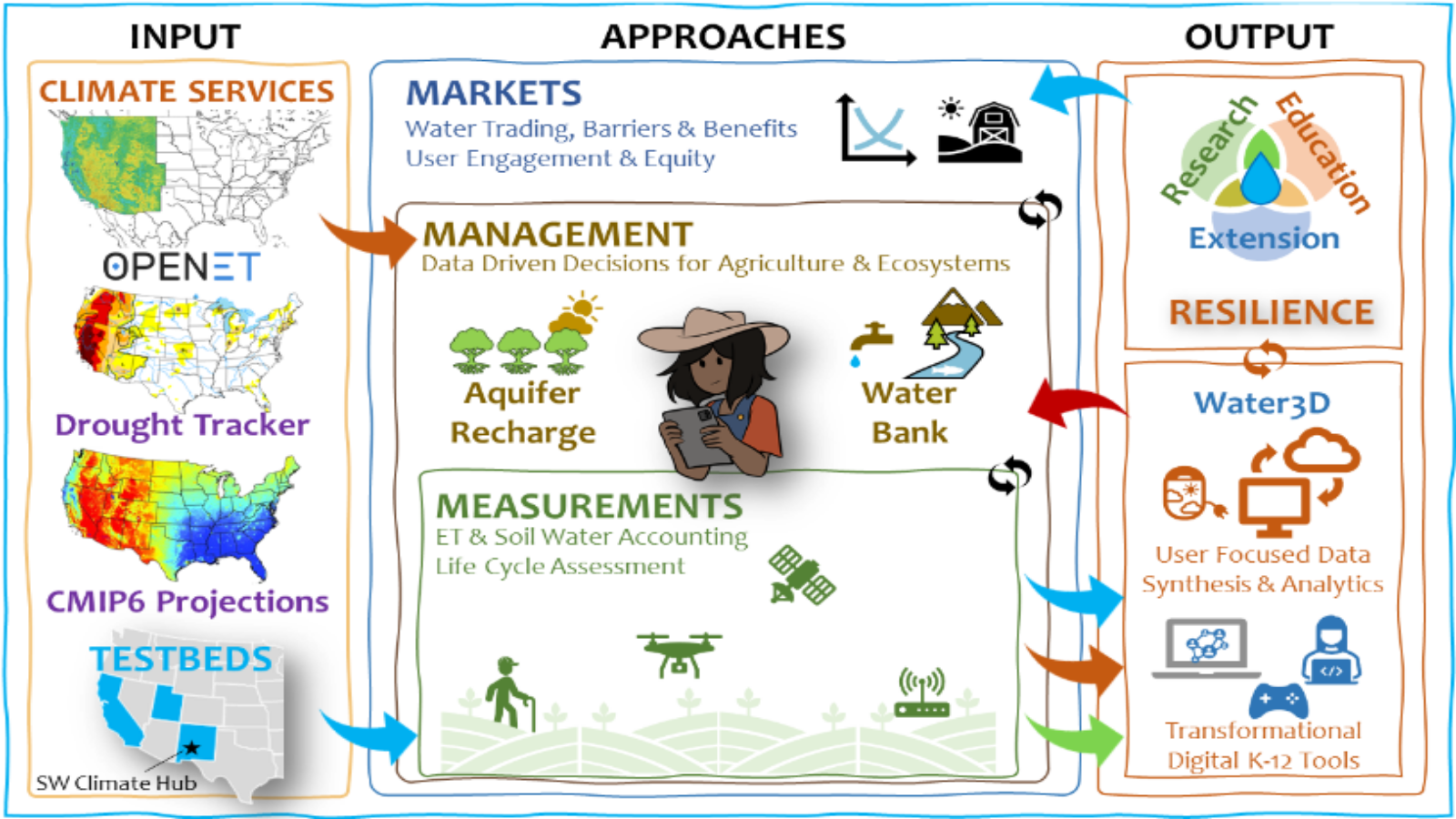
Climate change adaptation in western agriculture and ecosystems requires better information and flexible institutions for our most precious resource—WATER.
This program delivers novel tools and techniques for water-stressed regions, enabling thriving agriculture, healthy ecosystems, and community resilience in an uncertain climate future from the field to regional scales.
Funding: https://portal.nifa.usda.gov/web/crisprojectpages/1027578-securing-a-climate-resilient-water-future-for-agriculture-and-ecosystems-through-innovation-in-measurement-management-and-markets.html
USU PIs: Sarah Null, Matt Yost, Alfonso Torres-Rua, Scott Hotaling, David Rosenberg
USU graduate researchers: Hadia Akbar, Gabriela Sancho Juárez, Saddy Pineda, Britta Schumacher, Masumeh Sadat, Katherine Osorio Diaz
USU Staff: Abby Bushman

USU co-chairs: Brian Steed, Dave Tarboton
USU team members: Sarah Null, Joanna Endter-Wada, Matt Yost, Bethany Neilson, Anna McEntire
2023 Policy Assessment: https://gardner.utah.edu/wp-content/uploads/GSL-Assessment-Feb2023.pdf?x71849
The Strike Team is a product of the Janet Quinney Lawson Institute for Land, Water & Air https://www.usu.edu/ilwa/.
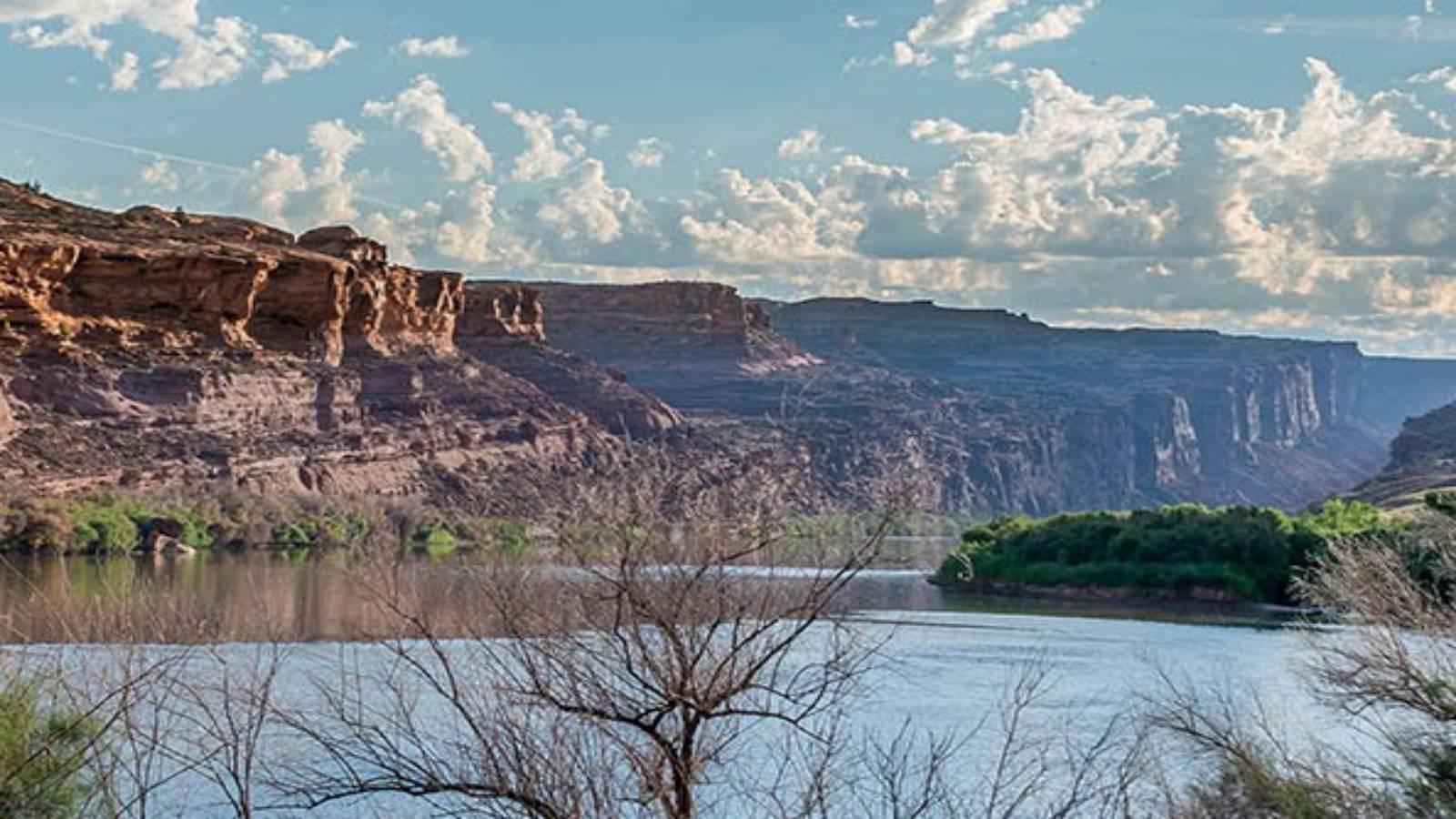
This project is dedicated to providing reliable climate forecasts for the upcoming seasons, years, and even decades. While traditional weather forecasts can only predict up to two weeks in advance, our approach leverages the interactions between the atmosphere, land, and ocean systems to provide longer-term predictability. Using cutting-edge Earth system models and historical observational datasets, we aim to enhance our understanding of Earth system processes and improve climate predictability on seasonal-to-decadal timescales. One example of our success is the multi-year Colorado River water supply forecasts, which can help decision-makers and stakeholders develop management plans for upcoming multi-year droughts. Our ongoing research includes predicting summertime air quality for several seasons ahead, forecasting mega-droughts in the Colorado River basin, revealing the climate change impacts on precipitation regimes, and improving prediction systems using Earth system models.
USU researchers include climate scientists Simon Wang, Robert Gillies and Yoshi Chikamoto, agroclimate Extension specialist Matt Yost, and fire ecologist Larissa Yocom.
Resources:
- Blog article: Predicting prolonged drought in the Colorado River Basin (https://sustainabilitycommunity.springernature.com/posts/predicting-prolonged-drought-in-the-colorado-river-basin)
- USU today: https://www.usu.edu/today/story/the-colorado-rivers-water-supply-is-predictable-owing-to-long-term-ocean-memory
- Chikamoto website: https://climate.usu.edu/people/yoshi/index.html
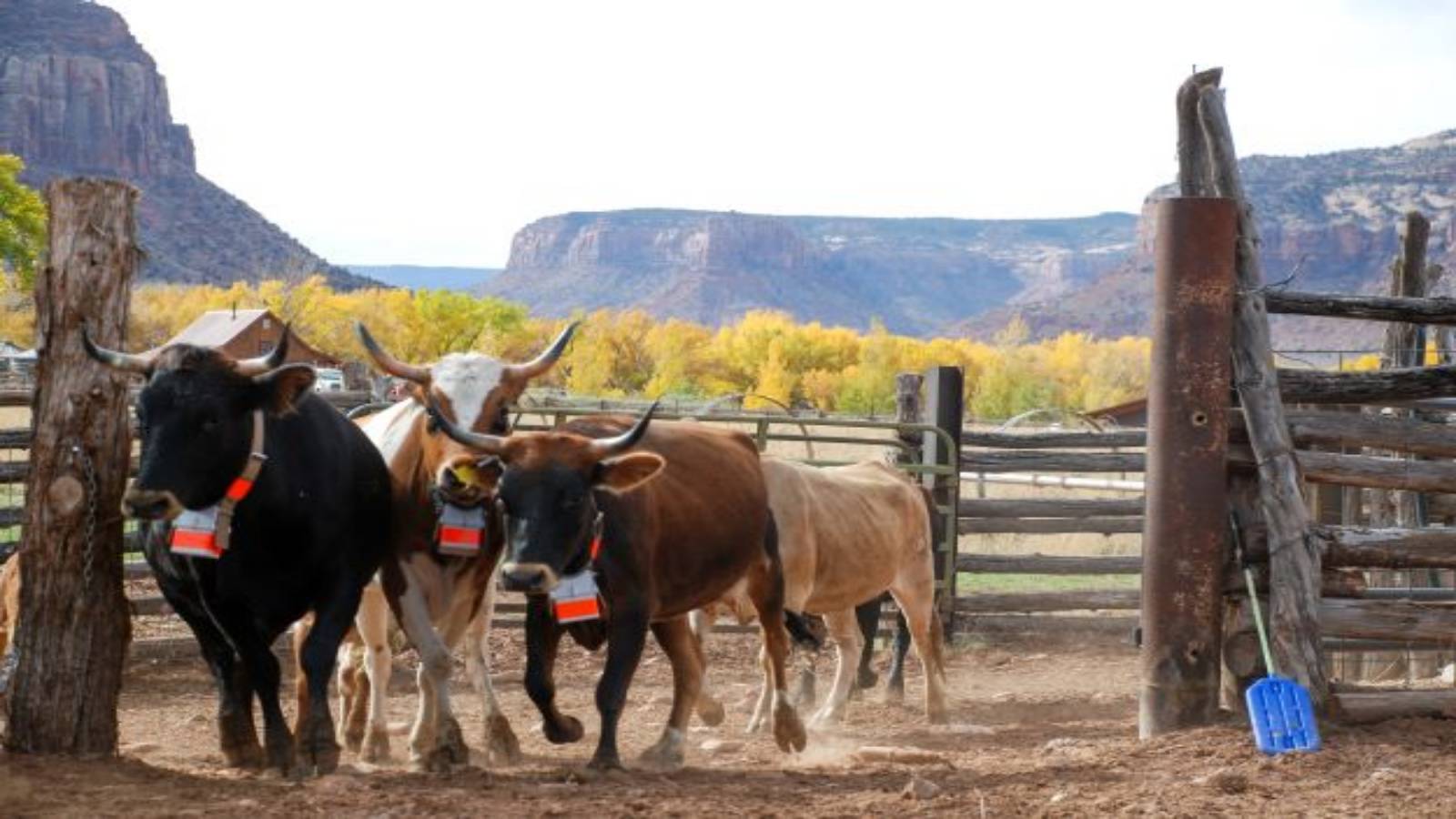
In the Colorado Plateau region of the western United States, livestock production is one of the most widespread and culturally important land uses, despite being economically tenuous and severely threatened by future climates. Introduction of heritage breeds, such as Rarámuri Criollo cattle, to livestock operations presents a potential opportunity to maintain economically sustainable levels of livestock production under frequent and prolonged drought while also maintaining rangeland health. Rarámuri Criollo have been shown to have broader diets and larger home ranges than standard breeds, and to therefore to utilize a wider range of forage on a larger proportion of the landscape. These behaviors stand to effectively increase forage availability during dry times when forage is otherwise limited, and also may result in more diffuse or less intense impacts of cattle activity on the landscape and associated ecosystem services. Our overarching goal is to test whether incorporating Raramuri Criollo, a heritage breed, into Colorado Plateau livestock production systems facilitates adaptation to the more arid conditions that are likely under future climates, and allows for sustained production while maintaining or even increasing ecosystem health and resilience.
Funding: USDA NIFA
USU PIs: Kari E. Veblen, Tal Avgar, Eric Thacker, Juan Villalba, Matthew Garcia
USGS PIs: Mike Duniway, Sasha Reed
Graduate student: Maria Stahl
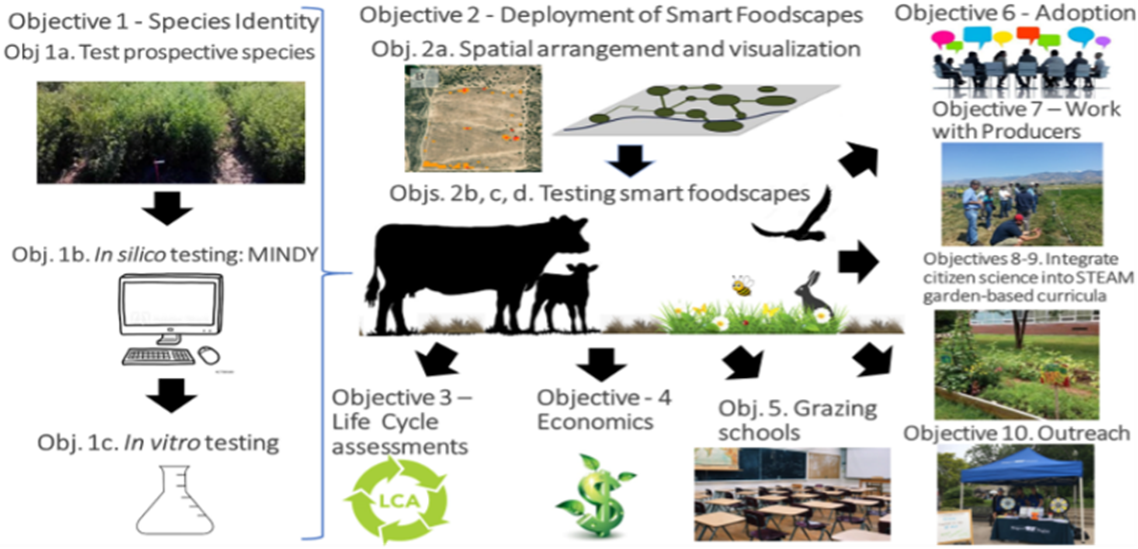
Our elementary idea is that a diversity of deep-rooted perennial legumes and non-legume forbs high in nutrients and functional biochemicals can be grown and stockpiled in resource patches across the landscape to be used as low-cost supplementation for beef cattle to increase productivity and biodiversity while reducing environmental impacts.
Thus, the long-term goal of this project is to improve the economic and environmental sustainability of beef production systems in the western U.S. through the establishment of islands of multifunctional diversity in the landscape.
Principal Investigator: Dr. Juan Villalba
Smartscapes Team: Dr. Jessica Schad, Dr. Dave Dahlgren, Dr. Eric Thacker, Dr. Doug Ramsey, Ms. Aurora Villa, and Dr. Jennifer MacAdam
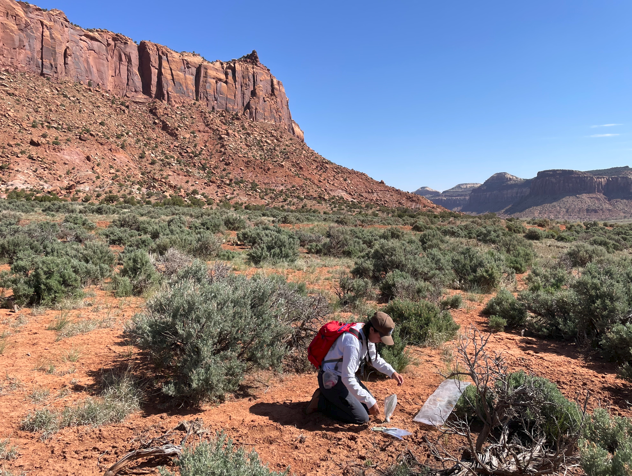
Vegetation composition and productivity have changed dramatically around the world in the past 50 years. These changes can have important effects on forage production, soil erosion, fire regimes, soil carbon and water cycling. In the western US alone, shrub encroachment in the last 30 years has caused $5 billion in lost forage production and management costs. While there are many potential explanations for these shifts, climate change is a likely culprit. Larger rain events and warmer temperatures are changing the way water moves through soil and plants. Some plants have or can create root distributions that can take advantage of these changes while others do not. Root distributions, therefore, are likely to be a central factor that determines how different plants respond to climate change. Unfortunately, existing root distribution data is too limited, indirect, or coarse to predict plant growth responses to climate change. We propose to address this knowledge gap using an emerging experimental approach. In the handful of sites it has been tested, this combined tracer-modeling approach has predicted plant abundance and response to climate change where previous approaches have failed. More specifically, we will use tracer injections to measure active root distributions. We will then use these active root distributions in an ecohydrological model to simulate water uptake and plant growth at 200 sites across the western US over the next century. Simulations will be performed for ‘no-management’ and ‘shrub-control’ ‘treatments’. Tracer experiments will be conducted in southern Utah, Nevada, and Montana to complement existing tracer data available from Washington, Idaho, and Utah. The proposed research will produce vegetation forecast maps for the western US that will indicate how forage production is likely to change across the landscape with or without shrub management. This will help ranchers and land managers anticipate changes in forage production and the consequences of shrub control. This will improve the connection of ecosystem health to managed system productivity.
This work has been supported by the Utah Agricultural Experiment Station, the Institute of Land Water and Air, the Andrew Mellon Foundation and the National Science Foundation. Dr. Karen Beard (USU) is helping with field work and Dr. Kyle Palmquist (Marshall University) is helping scaling results up to the regional scale.
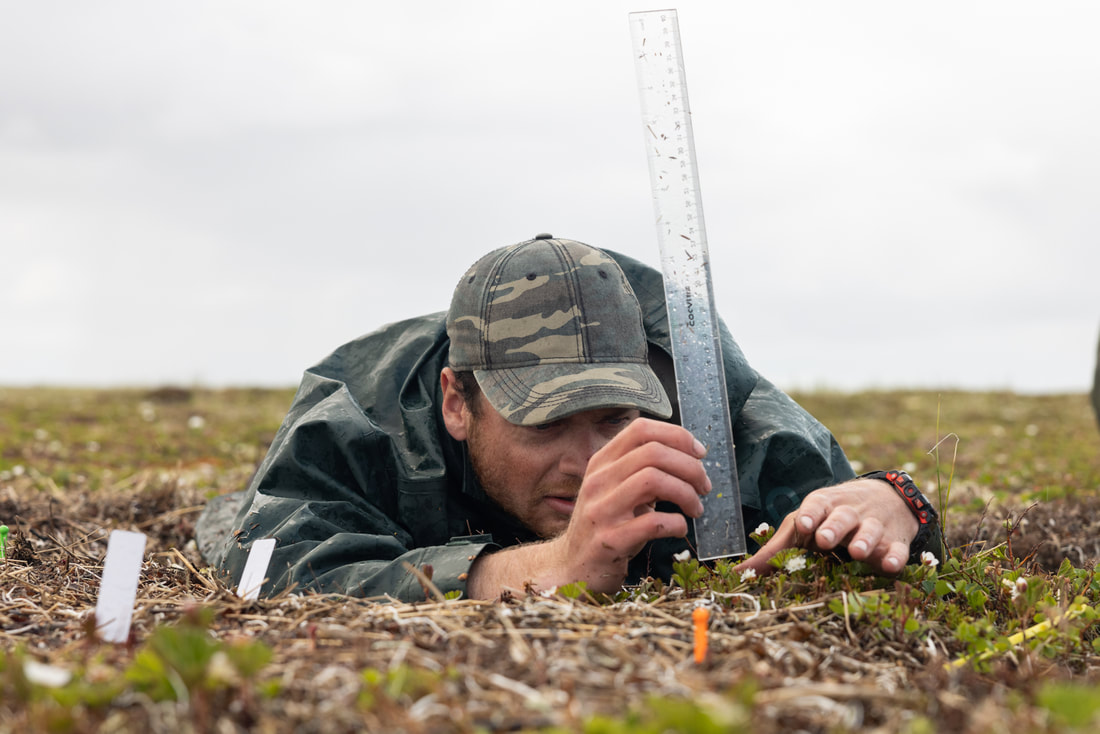
In this project, we are investigating how increased flooding from increasing storm surges and sea-level rise, increasing temperature, and changing herbivory patterns will influence western, coastal Alaska. We are working in the Yukon-Kuskokwim Delta, a 50,000 mi2 area, that is coastal, has low elevation, 40 native villages, and half a million migratory birds visiting each year. We are conducting field experiment to manipulate flooding, warming and changing herbivore patterns to investigate how lowland to upland vegetation will change in terms of community composition, species traits, phenology, and greenhouse gas flux with these predicted shifts.
USU Research Karen Beard with USU post-doctoral researcher Matteo Petit Bon, and colleagues, Joshua Leffler and Katherine Kelsey at South Dakota State University and UC Denver, respectively, and 3 MS students, including USU's Tyler Williams, and two USU undergraduate researchers, Cristina Chirvasa and Trevor Hoffman.
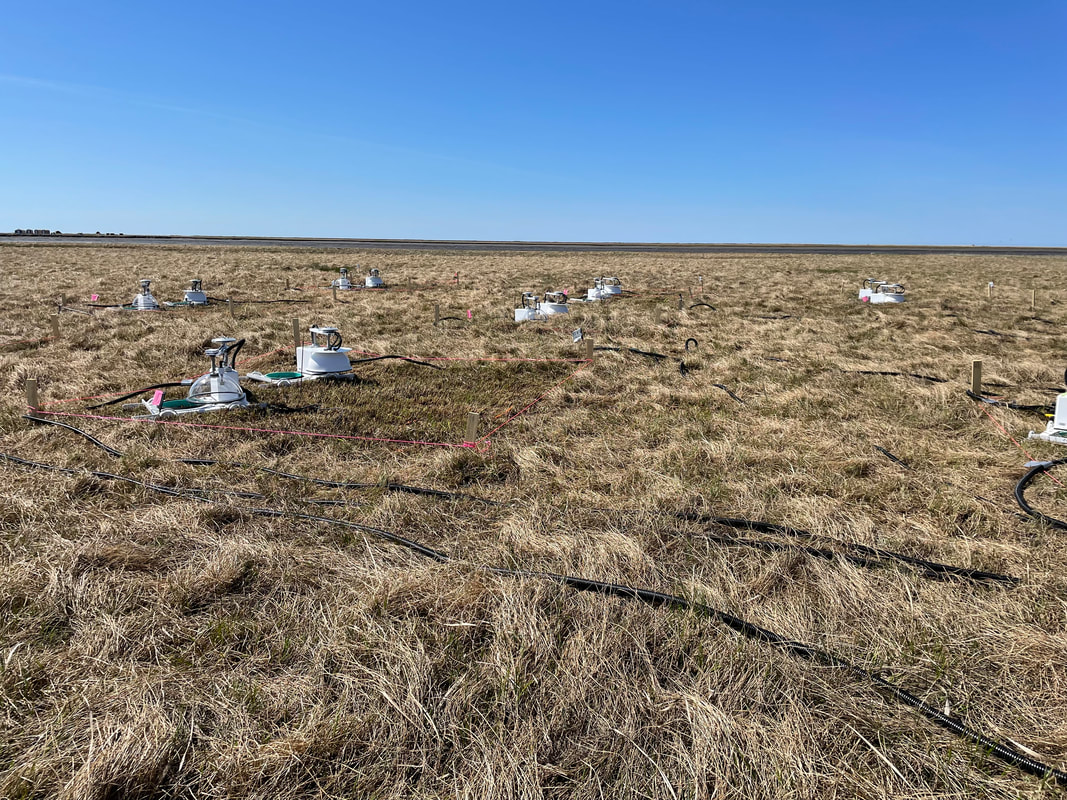
In September 2022, a 50-year Typhoon hit coastal western Alaska, with waters rising up to 10 ft in our study area. We are investigating the extent of the flooding event, the impact in terms of rack and log deposits and pond salinity, as well as how a single large flooding events affects vegetation communities in terms of cover, traits and phenology, as well as soil thaw depth, soil chemistry, and greenhouse fluxes in the year following this event.
USU Research Karen Beard with USU post-doctoral researcher Matteo Petit Bon, and colleagues, Joshua Leffler and Katherine Kelsey at South Dakota State University and UC Denver, respectively.
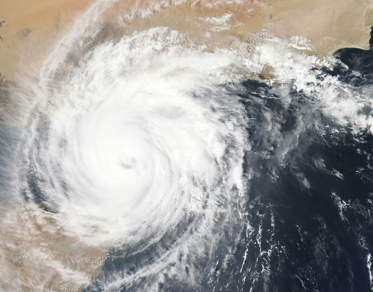

In recent years, Bear Lake has experienced an influx of visitors and new residents, which is impacting the local environment and communities in a variety of ways. The Bear Lake research project will engage students from across one undergraduate and three graduate courses at USU by training them to use historical and qualitative methods for the benefit of local communities. The data collected is intended to expand understandings of the environmental concerns related to increased recreation, in-migration, and climate change at Bear Lake from a variety of stakeholders. Students and professors will engage local scientists, part-time and full-time residents, community leaders, and local environmental organizations to assess scientifically-grounded concerns alongside community perceptions of impacts related to increased tourism and in-migration. The data collected will be used to enable environmental and community advocates to better design communication campaigns and community engagement efforts to effectively address the problems identified.
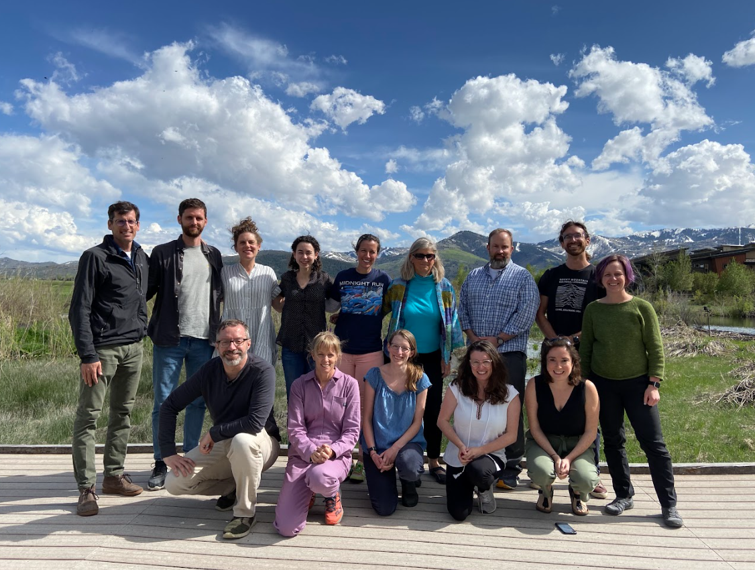
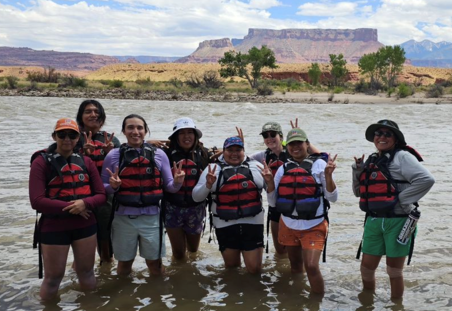
Through a National Science Foundation grant led by Washington State University, USU Co-PI Dr. McCann formed a team to build relationships with Tribal members in the Colorado Plateau Region, host Indigenous Climate Change Talking Circles, and partner with the Native American Tribes Upholding Restoration and Education (NATURE) program at the Nature Conservancy’s Dugout Ranch in Bears Ears National Monument to co-create a climate change curriculum by and for Indigenous participants.
USU Graduate Researcher: Bayli Hanson
Core Project Staff and Partners: Sara Hinck, Danille Smiley, Amber Archie, Nichole Butler, Alix Pfennigwerth, Kristen Redd
Resources:
Native Community and Climate Views
https://extension.usu.edu/sustainability/files/native-community-and-climate.pdf
Climate Change Curriculum Co-Creation
https://extension.usu.edu/sustainability/files/climate-change-curriculum.pdf

